Optimization of an Open-Channel Raceway Pond for Algal Cultivation in Bioenergy Production
Please login to view abstract download link
Algae-based technologies for wastewater treatment are effective solutions that allow, as a by-product, the recovery of materials that can be employed to produce bioenergy (biodiesel, bioethanol and so on) due to the abundance of lipides in algal biomass coming from wastewater treatments. The most popular algae cultivation systems are the open-channel raceway ponds (open channels in the shape of an oval equipped with a rotating paddlewheel to contribute to the recirculation of the shallow water inside the channel) for their low operation and maintenance costs. Raceways allow algal cultivation using wastewater and, once the algae mass has grown enough, it is regained by one of many harvesting methods, and it can be employed as source for bioenergy production. Between the different factors affecting algal productivity we can point out the velocity of the liquid inside the pond, that depends on the height of water and on the rotational speed of the turning paddlewheel. The optimal design of raceway ponds has been widely studied within the scientific literature, but mainly by the comparison of case studies and the use of statistical techniques. Nevertheless, the application of techniques of optimal control of PDEs -as in our proposal- for the optimization of speed of the rotating paddlewheel and/or height of water has remained completely unaddressed, as far as we know. So, we propose here a novel methodology to carry out the optimal performance of a raceway. The maximization of algal productivity is addressed here by means of optimal control techniques for PDEs, within a simulation-based optimization framework. So, we introduce a detailed mathematical formulation of the optimal control problem (where the state system couples Navier-Stokes equations on a free-surface moving domain with a large system of nonlinear convection-diffusion-reaction equations for the evolution of algae, nutrients and oxygen, where the design variables are the initial height of water and the velocity of the paddlewheel, and where the objective function corresponds to the maximization of algal concentration at the process final time -always under some geometric and technological constraints). Then, we suggest a full numerical algorithm for its computational resolution where, within an Arbitrary Lagrangian-Eulerian formulation, we use finite element techniques for the simulation step and a gradient-free algorithm for the maximization one. Finally, we show some computational results.

